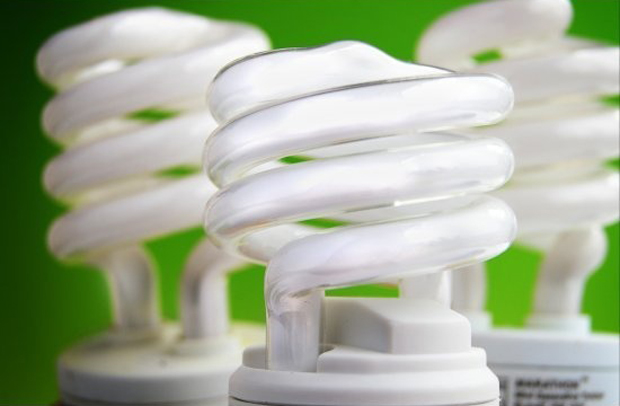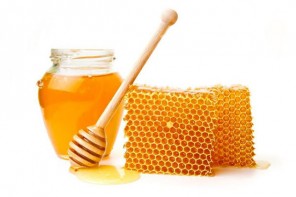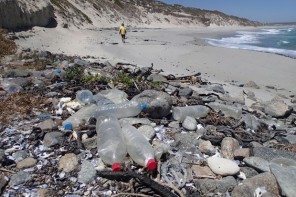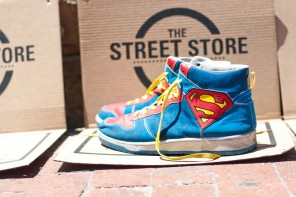When it comes to light bulbs, choosing compact fluorescent lamps (or CFLs) is a great energy-saving option as they are four times more efficient than the incandescent kind. But did you know that CFLs contain mercury? Here we look at the potential risks to both our health and the environment, as well as what to do when you experience a breakage.
While mercury itself is extremely toxic, it turns out the amount found in an energy-saving bulb is much too tiny to lose any sleep over. According to the Environmental Protection Agency, CFLs contain a mercury content of less than the tip of a ballpoint pen – or 5 one thousandths of a gram (mg) to be precise. In comparison, ordinary fluorescent tubes contain approximately 15 mg of mercury per tube.
But since it currently remains unclear what the health risks are from short-term exposure to low levels of elemental mercury, it is best to act with caution when it comes to a breakage. (See clean-up instructions at the end of this article.)
Eco bulbs not so eco?
Correct disposal of these bulbs is also very important. If they end up on the landfill, the mercury vapour may leak into and pollute the air or underground water systems. Because of this, many lighting manufacturers in the U.S. now cap the amount of mercury used in CFLs, while in the EU the same cap is required by law.
Governments in many countries around the world have established recycling schemes to ensure the safe disposal of CFLs. But what are we getting up to here at home? In an effort to get the country to consume less electricity, Eskom went and gave away eight-million compact fluorescent lamps to South Africans in a huge campaign that ran from 2006 to 2010. But as of yet there are limited places to take these bulbs once their lifespan is up.
What you can do:
Thanks to international electronics retailer Philips, South Africa has had a CFL recycling unit since 2010. The bad news is it’s all the way in Lesotho. There are however a number of places to drop your bulbs in Cape Town, including Builders Warehouse and some Pick n Pay and Woolworths outlets.
Make sure that the next time you purchase energy saving light bulbs that you do your research, as some manufacturers use less mercury than others. A higher quality bulb that is not Chinese-made is a good way to ensure you didn’t cause any factory workers pain either.
In the case of breakages, follow the safety instructions below to ensure the safety of yourself, your family and pets:
- Air out the room for at least 15 minutes
- Use rubber gloves to clean up
- Place broken globe into a sealed jar or bag (sticky tape is good for picking up those smaller shards)
- Wipe the area clean with a wet paper towel or a wet wipe
- WARNING: Do not use a vacuum cleaning as this can increase risk of contamination










